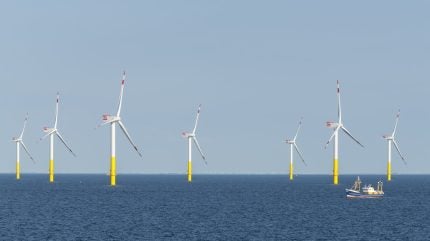
Federal network agency the Bundesnetzagentur (BNetzA) has set out seven routes for future grid connections to be constructed by German transmission system operators (TSOs) to facilitate the transmission of wind power.
The development is part of an environmental report on future grid requirements released by the agency.
The environmental report specifies that TSOs will have to plan the new power lines within designated strips of land, ranging from five to ten kilometres in width.
These corridors have been identified to streamline the grid connection process for wind power projects.
The establishment of the preference areas is a significant shift from the previous multi-year federal sectoral planning procedures, as they are determined concurrently with the needs assessment.
Once network connection points are defined in the Federal Requirements Plan, the preference area is set, enabling immediate progression to the approval stage.
For the first time, BNetzA has pinpointed preference areas for major underground cable projects such as NordOstLink (DC31/DC32), Rhein-Main-Link (DC34, DC35, NOR-x-8 and NOR-x-4), NordWestLink (DC41) and SuedWestLink (DC42/DC42plus), which are essential for the transportation of wind power.
These areas serve as the foundation for the strategic environmental assessment of the Federal Requirements Plan.
Preference areas are designated as broad corridors between the start and end points of a project.
Within these corridors, the precise routing of the power lines will be determined during the plan approval process that follows.
However, for the OstWestLink underground cable connection, the preference areas could not be finalised due to unexpected changes in the plan.
Bundesnetzagentur president Klaus Müller stated: “We have carefully assessed all the proposed projects for their environmental impact. The new preferential areas enable us to speed up the planning procedures for new direct current lines considerably.”
BNetzA intends to establish a legal framework to potentially define these areas.



